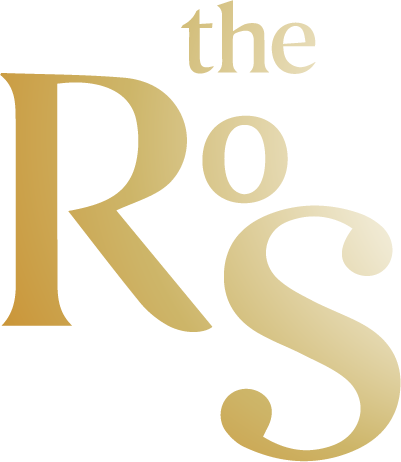Companies between sustainability and the uncertainty regarding the return of investment
For some years now, the term sustainability has become part of daily managerial / corporate language. We initially talked about Corporate Social Responsibility, to focus more recently on ESG (Environmental, Social and Corporate Governance), to indicate the awareness that companies have gained in relation to their impact on the environment, on people and on society. In practical terms, companies (regardless of their sector and size) have quickly brought sustainability issues into their agenda.
Research conducted by IBM on 3,000 CEOs in more than 40 countries, entitled “Own Your Impact”, shows that there are four distinct clusters that interpret sustainability very differently:
• the “Assessing” (15%), perceive sustainability as a cost and have not undertaken any type of investment because they are still in the process of evaluating alternatives
• the “Complying” (29%), only make investments that are necessary to fulfill legal obligations
• the “Operational” (43%) see investments related to sustainability as a possibility of optimizing and making their business operations more efficient
• the “Transformational” (13%) believe in the opportunity of a sustainability revolution.
However, regardless of the cluster to which they belong, 57% of respondents state that they experience a strong sense of uncertainty about the possibility of measuring the return on investment and future economic benefits.
Consistent with the interest in the topic of sustainability, research conducted by Nomisma shows that 90% of Italians are convinced of the so-called “green turn” and 70% prefer brands that are attentive to the environment.
In the RoS we strongly believe that sustainability is an opportunity to increase value for businesses and consumers but, at the same time, we understand the fears companies are facing.
In fact, although 54% of Italians (growing trend vs the previous year, as a consequence of the continuous spread of a “sustainability culture”) declare that they are willing to pay more for the purchase of sustainable products, the question to ask is:
Is this really so? How much more?
Manager


